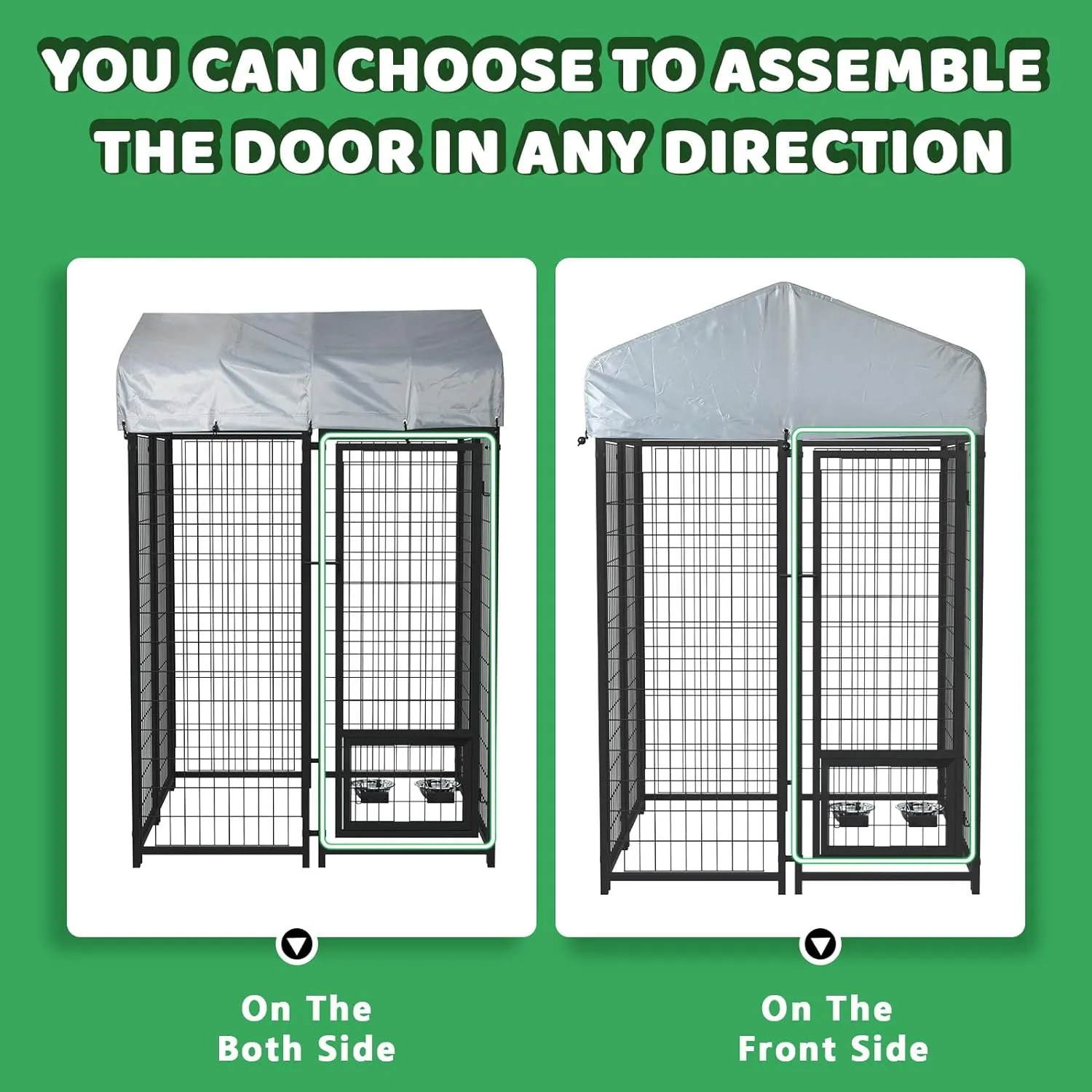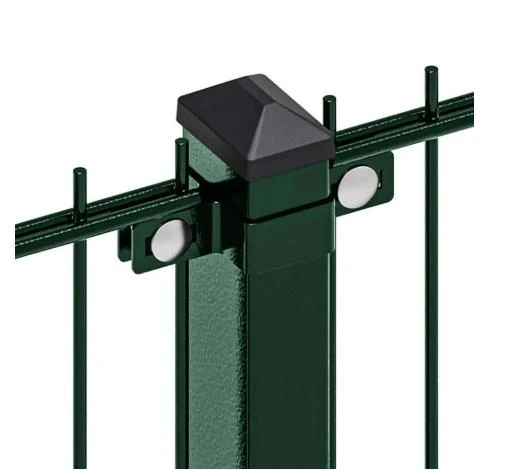Chain link fencing, a practical choice for both residential and commercial properties, balances cost-effectiveness with durability. This article delves into the various aspects influencing chain link fence cost, providing expert insights to help property owners make informed choices.

Chain link fences have been a staple in property security and boundary marking for many years. Their popularity can be attributed mainly to their affordability, versatility, and strength. When analyzing chain link fence costs, several key factors come into play, each influencing the final investment you’ll need to set aside for this functional enclosure.
Firstly, the material and coating chosen for the fence play significant roles in pricing. Traditional galvanized steel is the most cost-effective option, offering a layer of rust protection. For longer-lasting durability and a more polished look, many opt for vinyl-coated chain links. While this option adds to the expense, the aesthetic appeal and additional corrosion resistance can justify the higher price point for many homeowners and businesses.

Another crucial factor is fence height. Standard residential chain link fences measure around 4 to 6 feet in height, typically costing less than taller fences. For commercial or high-security needs, 8 to 12-foot fences are often required, significantly increasing the cost due to added material requirements and installation complexity.
The gauge of the wire used in the fencing also affects the price. Generally, the lower the gauge, the thicker and more durable the wire. While a 9-gauge wire is standard for residential use and cost-efficient, opting for a thicker, 6-gauge wire will offer enhanced security at a higher cost.
It's also essential to account for the total length of the fence. Naturally, longer fences demand more materials and labor, leading to increased costs. Additionally, geographical location can impact pricing due to variations in labor costs, material availability, and regional preferences.
chain link fence cost
Labor forms another substantial component of chain link fence costs. DIY installations can reduce expenses, but professional installation guarantees adherence to local zoning laws, proper post settings, and ensures longevity, potentially saving money in the long run by minimizing repairs and replacements.
For individuals seeking additional functionality or aesthetic value, different enhancements are available—the inclusion of privacy slats, for instance, integrates privacy with security but at an increased cost. Barbed wire or razor coils added to the top of commercial fences amplify security but also raise the expense.
Moreover, gates add another layer of expense. Simple walk-through or double drive gates differ significantly in price based on size, material, and whether they include any automatic features. Considering future maintenance costs also factors into the total expenditure of a chain link fence. Galvanized fences may require occasional rust treatment, while vinyl coatings could fade over time, necessitating periodic upkeep.
Understanding the inherent balance between cost and quality in chain link fencing ensures making informed decisions tailored to specific needs. The chain link fence, known for durability and affordability, can be designed to fit many requirements, from basic property demarcation to high-security establishments. Budgetary considerations must align with the intended level of security, aesthetic appeal, and intended longevity.
For those weighing their options, consulting with fencing professionals can provide personalized assessments based on site-specific considerations. An expert evaluation considers not just immediate costs but also long-term investment returns, helping property owners select a fence solution that offers enduring value.
In summary, chain link fence costs are variable, shaped by material choices, fence height and length, labor, geographic factors, and additional features. By understanding these variables and strategically planning, property owners can install a fence that meets their goals while staying within budget, all while enhancing property security and value.

